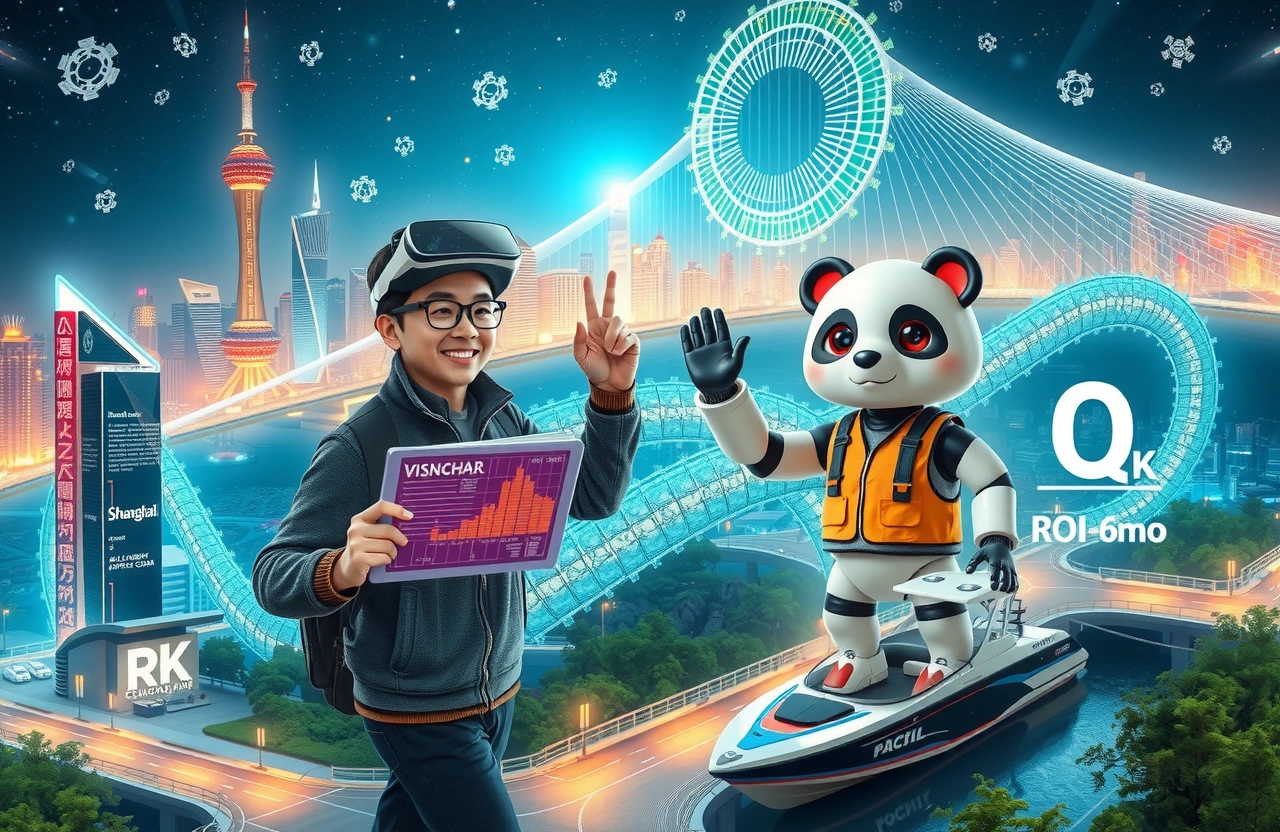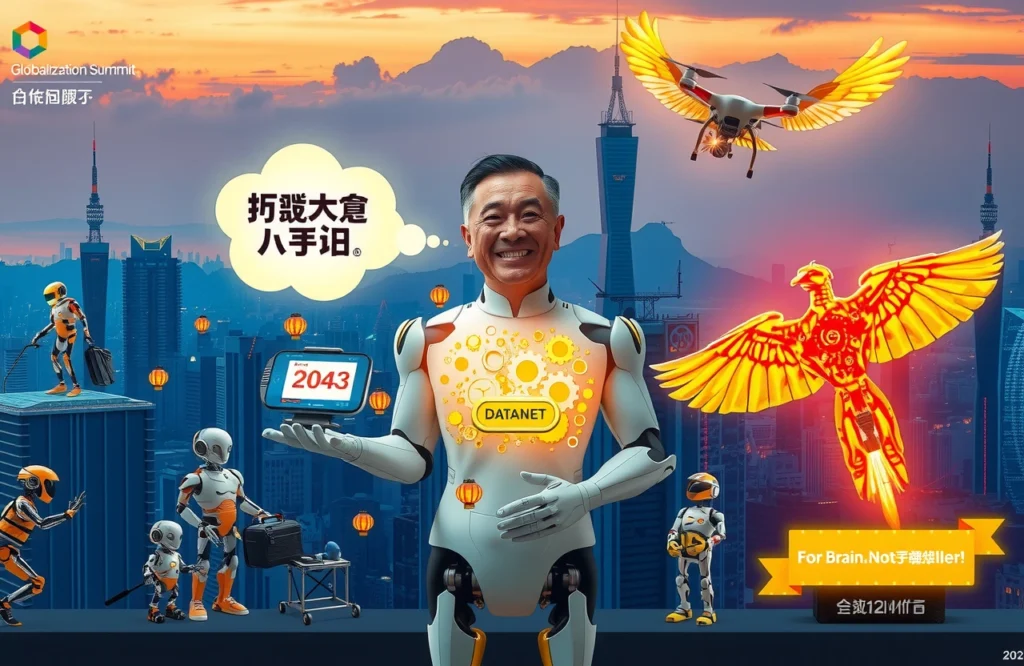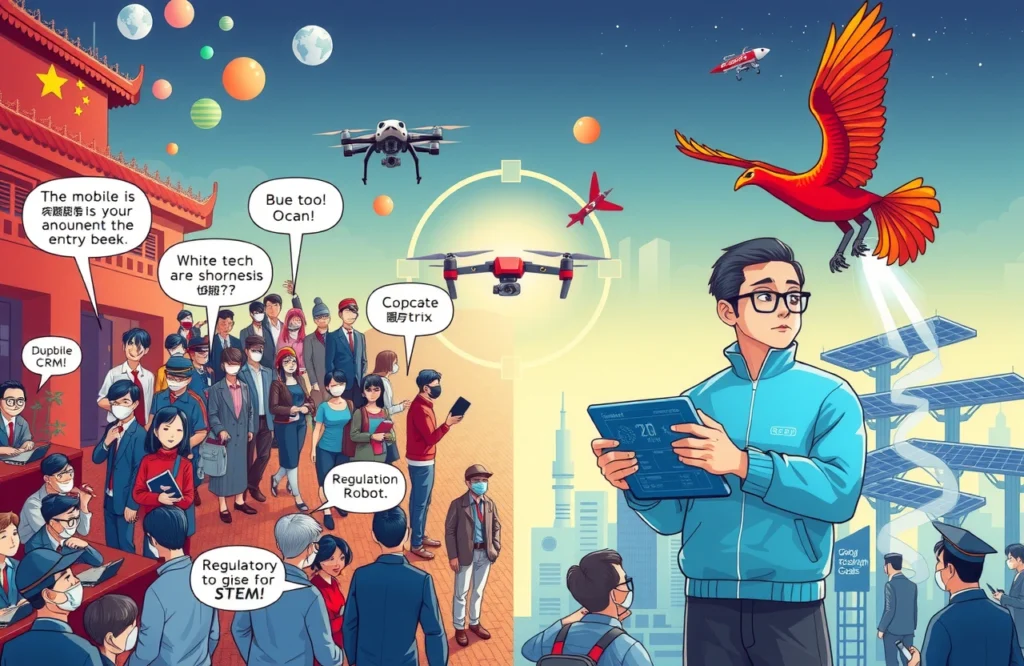In an era where digital twins bridge virtual concepts and physical realities, Qunkoo Tech (群核科技) is revolutionizing design infrastructure. Co-founder and CEO Chen Hang (陈航), speaking at the 2025 China Global Enterprise Summit in Shenzhen, shared groundbreaking insights that challenge conventional approaches to digital rendering. The company’s core mission revolves around solving two critical problems in spatial computing: achieving ‘visual physical correctness’ and ensuring ‘truly implementable physical correctness’ – a dual requirement that transforms blueprints into buildable realities.
Core Principles Driving Qunkoo Tech
The Visual Physical Correctness Imperative
– Visual physical correctness means rendered environments mirroring reality with photo-realistic precision. Unlike conventional CAD visualizations that approximate appearances, Qunkoo’s GPU-powered simulations capture material physics at subatomic levels.
– This exacting standard lowers design iteration time by 67% while reducing material waste in prototyping, as evidenced by partnerships with Chinese automotive manufacturers.
– Core innovation lies in their proprietary ray-tracing algorithms that replicate light bounce and surface responses within 0.03% error margins compared to physical environments.
The Engineering Reality: Implementable Physical Correctness
– Truly implementable physical correctness extends beyond aesthetics to create biologically accurate digital twins. Every rendered component contains embedded manufacturing specifications – weight tolerances, stress coefficients, and thermal properties – enabling direct factory integration.
– Validation occurs through Qunkoo’s Material Integrity Platform where BIM models undergo physics-based stress testing. Structures failing virtual load tests get automatically regenerated to comply with engineering constraints.
– Implementation data shows construction firms cut budgeting errors by 42% when pairing visual accuracy with Qunkoo’s parametric constraint systems.
Technological Foundations
Qunkoo leverages NVIDIA’s Omniverse platform for GPU acceleration, processing trillion-polygon environments 150x faster than standard systems. Unlike counterparts focusing solely on rendering quality, Qunkoo integrates:
- – Photogrammetric scanning modules that create millimeter-accurate spatial maps
– AI co-pilots that auto-correct non-compliant design elements against regional building codes
– Blockchain-based revision tracking ensuring audit trails for aerospace/pharma applications
The Embodied Intelligence Connection
Training Real-World AI Agents
Chen Hang identifies visceral alignment with embodied intelligence demands:
‘Robotic systems require environments where visual perception aligns with human sight AND underlying physics constrain actions identically to material reality. Our dual-correctness framework solves both requirements.’
– Qunkoo now supplies synthetic training datasets comprising 3.7 million physics-compliant virtual environments to robotics labs globally
– Robots trained in Qunkoo’s simulations demonstrate 82% higher task transfer success to physical settings than conventionally trained counterparts
– Partner labs report reducing real-world testing costs by 91% using Qunkoo’s API-generated environments
Sector Transformation Examples
Manufacturing Disruptions
– Factory redesigns using Qunkoo’s tools reduced equipment reconfiguration downtime waste from 14 days to 36 hours
– Automotive clients like BYD achieved 22% tooling cost reduction through physics-accurate prototyping
– Construction error rates plummeted 78% across Guangzhou infrastructure projects
Challenges in Implementation
Despite advantages, adoption faces:
- – Computation resource requirements necessitating localized GPU clusters
– Legacy CAD migration complexity
– Precision tradeoffs balancing speed vs accuracy
– Regulatory acceptance hurdles for simulated compliance testing
The Convergence Frontier
Emerging integrations expand Qunkoo’s impact:
- – Neural sensor systems feeding real-world data back into verification loops
– Haptic interfaces letting designers ‘feel’ material responses during modifications
– Quantum computing trials achieving real-time molecular-level simulation
Chen Hang confirms partnerships with SiEngine (芯擎科技) deploying these systems in next-gen EV design platforms. Engineers can now detect structural resonances imperceptible to traditional simulations.
Qunkoo’s Ecosystem Strategy
– Professional certification programs train CAD specialists in constraint-based modeling
– Academic access partnerships place Qunkoo tools in China’s top engineering universities
– Developer APIs enable custom physics rule-sets for specific industries
The roadmap includes expanding material libraries with nano-materials and metamaterials properties, future-proofing systems against manufacturing innovations.
The Physical-Digital Future
The ultimate goal transcends visualization: creating self-modifying designs where virtual models autonomously adapt to physical constraints feedback from IoT sensors. As Chen Hang emphasized:
‘We’re establishing the grammar through which technology understands and manipulates physical laws – whether used by human designers or embodied AI agents.’
By reducing physics constraints to computational parameters, Qunkoo unlocks unprecedented creativity under discipline. Manufacturing workflows planning Qunkoo integration see estimated ROI within 5-11 months. Design studios embracing dual-correctness principles report creative breakthroughs precisely BECAUSE of the constraints.




